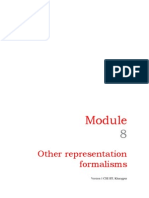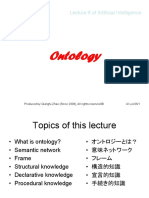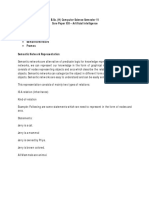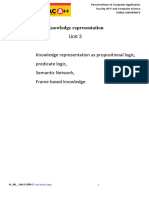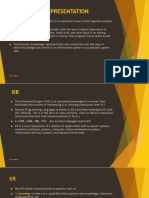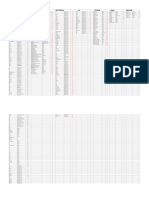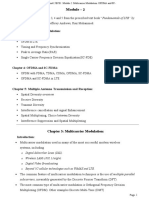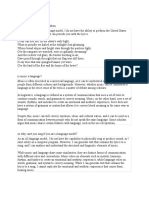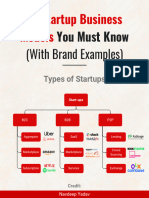0% found this document useful (0 votes)
77 views13 pagesKnowledge Representation Sem Net and Frames
The document discusses knowledge representation (KR) in cognitive science and artificial intelligence, highlighting various approaches such as semantic networks, frames, and extended semantic networks. It explains how knowledge can be structured and represented using predicate logic, inheritance mechanisms, and frame networks, including examples in Prolog. Additionally, it covers advanced techniques like conceptual dependency theory and the semantic web, emphasizing the importance of efficient knowledge storage and processing.
Uploaded by
harshiniv944Copyright
© © All Rights Reserved
We take content rights seriously. If you suspect this is your content, claim it here.
Available Formats
Download as PDF, TXT or read online on Scribd
0% found this document useful (0 votes)
77 views13 pagesKnowledge Representation Sem Net and Frames
The document discusses knowledge representation (KR) in cognitive science and artificial intelligence, highlighting various approaches such as semantic networks, frames, and extended semantic networks. It explains how knowledge can be structured and represented using predicate logic, inheritance mechanisms, and frame networks, including examples in Prolog. Additionally, it covers advanced techniques like conceptual dependency theory and the semantic web, emphasizing the importance of efficient knowledge storage and processing.
Uploaded by
harshiniv944Copyright
© © All Rights Reserved
We take content rights seriously. If you suspect this is your content, claim it here.
Available Formats
Download as PDF, TXT or read online on Scribd
/ 13




















